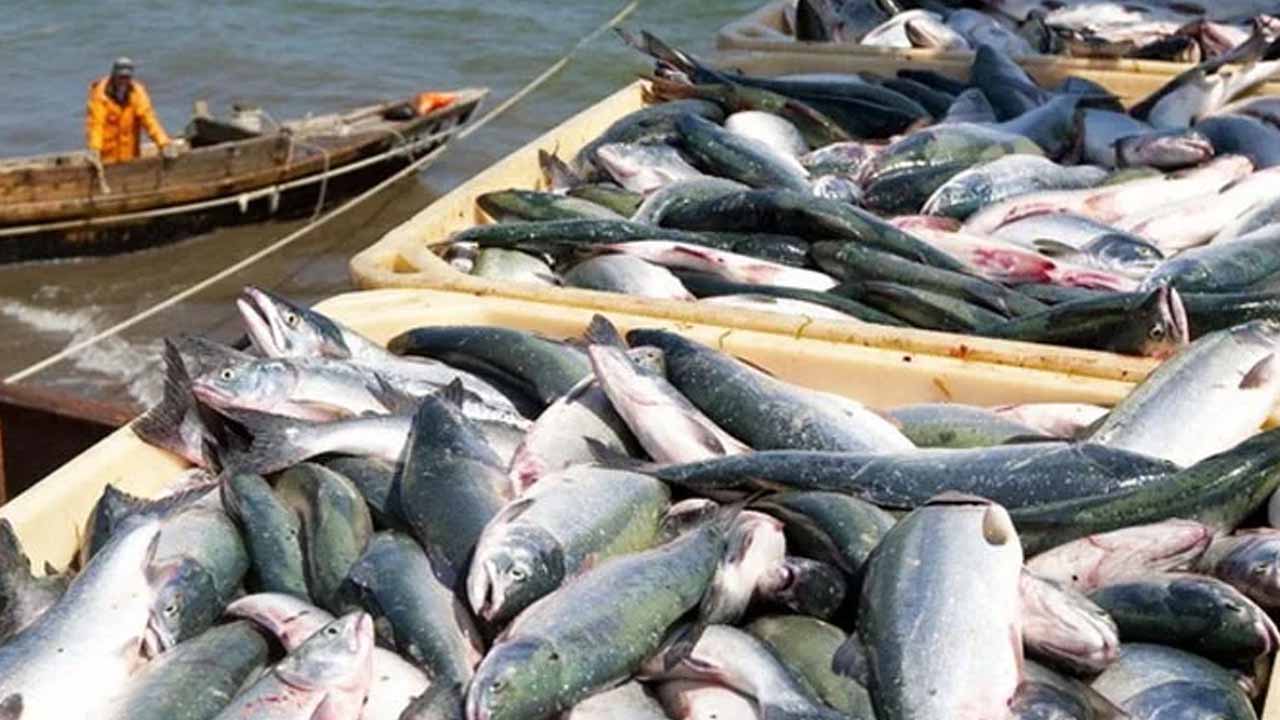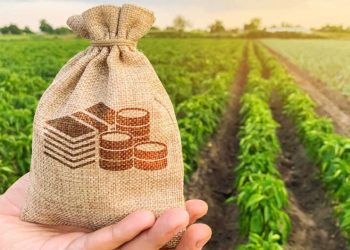BEIJING: According to Chinese customs statistics, Pakistan’s fish meal exports to China totaled 13,866 tons with a value of over $15.68 million in January-February, representing a year-on-year rise of 250.59 percent.
Despite the Covid-19 outbreak, Pakistan and China’s bilateral trade has grown dramatically. In January-February 2022, Pakistan’s exports to China totaled $670.72 million, up 22.77 percent from $546.30 million the previous year.
Fish flours and meals from Pakistan, used in animal feed, exceeded $15.68 million with a total volume of 13,866 tons, according to the General Administration of Customs of China (GACC), up from $4.47 million with a total volume of 4,917 tons in the January-February period the previous year.
According to data, the total amount of fish meals imported from Pakistan for animal feed in 2021 was 40,654.92 tons, worth $40.53 million.
The surge, according to Khurram Naseeb of A-One Fish Meal in Karachi, is due to some factors, including a lack of supplies from other countries.
“Almost all suppliers, including Vietnam, Malaysia, Thailand, the United States, Ecuador, Mauritania, and Morocco, have imposed export restrictions on fish meal, while only Pakistan, India, and Peru export to China,” he added.
Due to the epidemic and the war between Russia and Ukraine, prices for other agricultural commodities such as soybean meal, maize, and rapeseed meal surged at the start of this year, according to Khurram.
As a result, animal feed is heavily reliant on fish meal, which is often derived from juvenile fish.
Following the second China-Pakistan Free Trade Agreement, which allows more than 313 commodities, including fisheries, duty-free access to China, he stated that Pakistan’s fishery processing industry needs to develop to boost exports. There is still a need for local fishermen to build jetties.
“By upgrading our boats, loading time from boats to trucks, and transportation of raw fish from port to industries, we can raise our export and pricing,” Khurram said. “Pakistan has greater potential than what they are reaching today, around 85,000 tons per year.”












